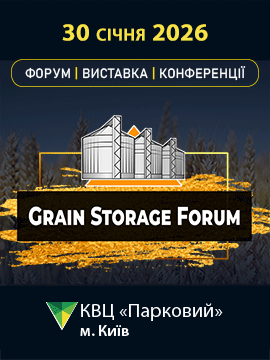Ukrainian railway workers have electrified 43 kilometers of tracks on the Kovel-Izov-Polish border railway stretch.
The Ukrainian Railways joint-stock company (Ukrzaliznytsia) announced this on 5 January, the CFTS portal reports.
Work is continuing on the Kovel-Ovadno railway stretch, where 467 supports have already been installed.
"The implementation of the electrification project in this direction will have a hugely positive effect on the company and the country: from energy saving to reduction of the cost of fuel and lubricants and from increase of the throughput of the railway stretch to simplification of the traffic management technology. In total, Ukrzaliznytsia has already electrified 70 kilometers of tracks this year, which is 23 times more than the annual average in the past eight years," Ukrzaliznytsia’s Board Chairman Oleksandr Kamyshin is quoted as saying.
The Kovel-Izov-Polish border railway stretch is located within the Volyn region, and diesel traction is currently used on it. The main type of freight transported on this railway stretch is iron ore from enterprises in the Kryvyi Rih region, which is intended for steel plants in Poland. This freight is currently transported on electrified railway tracks from railway stations in the Kryvyi Rih region (Prydniprovsk Railways) to the Kovel railway station (Lviv Railways), from where it is subsequently transported with the help of diesel traction on the Kovel-Izov-Polish border railway stretch, which is the most costly section of this route.
The electrification of the Kovel-Izov-Polish border railway stretch is strategically important for the industry and the country because it will significantly increase the volume of export freight transported by rail. In particular, it will increase the maximum weight of freight trains from 4,600 tons to 5,500 tons, increase the throughput of the railway stretch, reduce the delivery time of goods, reduce the operating costs of the railway by UAH 136.4 million per year, and reduce the emission of products of combustion into the atmosphere significantly (by up to 12,000 tons per year).




